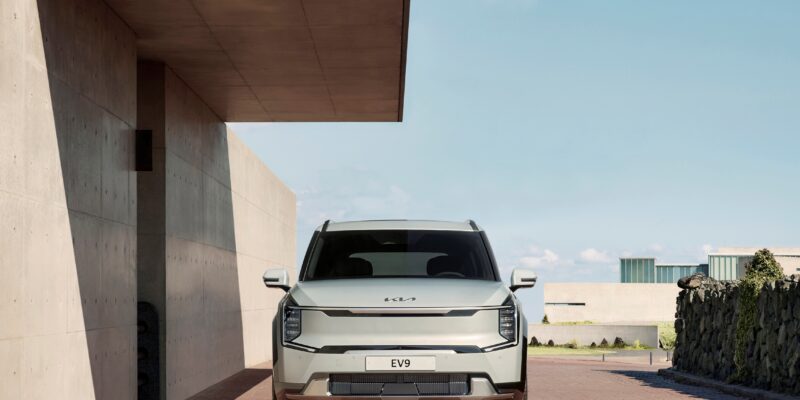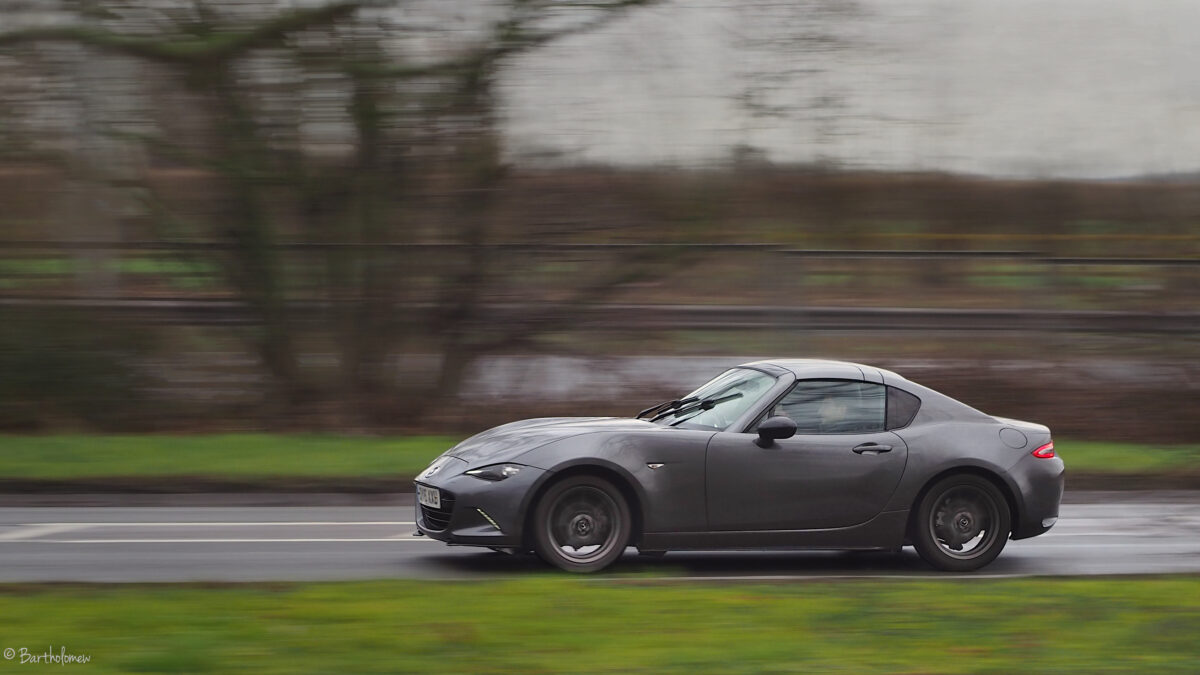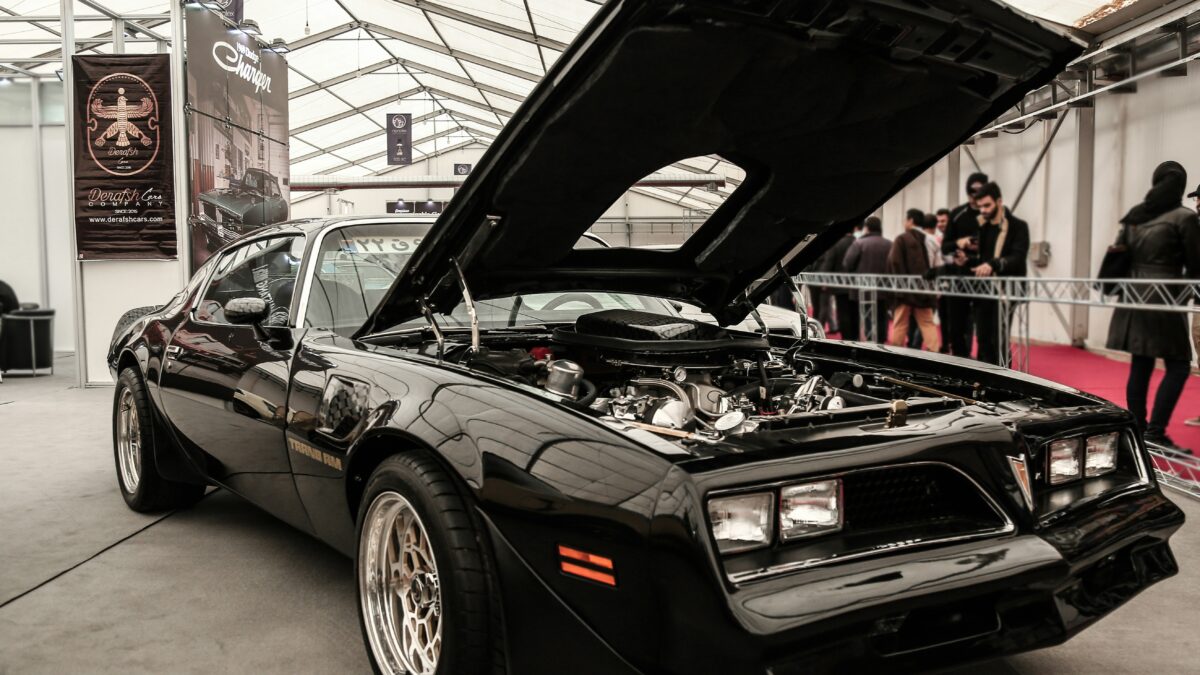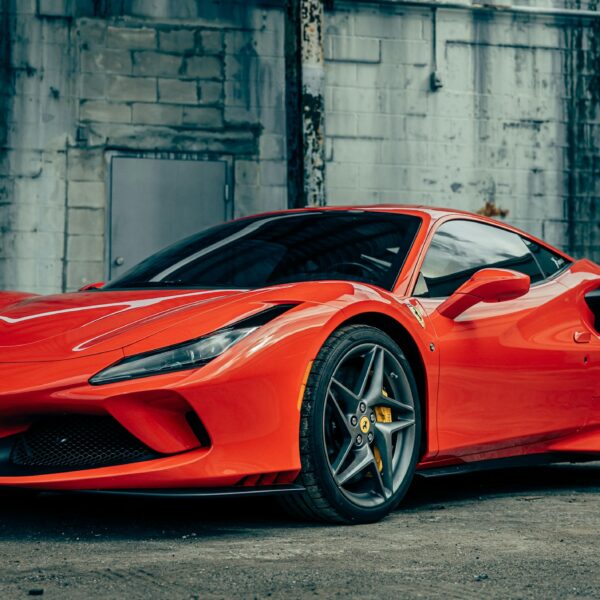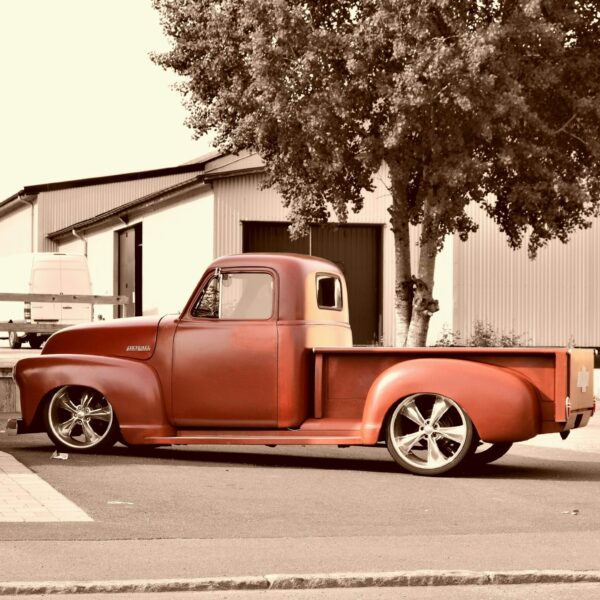Eco-Innovational Ideals: 10 Cool Sustainability Items in the new Kia EV9
What seems like just a few short years ago, one of the predominant goals of automaking was to be the fastest and most furious. Current times have dictated a movement of heightened sustainability, a goal which Kia has taken on with a very determined and aspiring approach, seen in the upcoming Kia EV9 release. While building the 2014 Soul EV, plant-based components, discarded fishing nets, and other materials were used for its interior touches.
10 Cool Sustainability Items in the new Kia EV9:
Kia’s goal now is to become completely carbon-neutral across the entire lineup by 2045. The Autoevolutionblogging team ran a very cool feature over the last week which illustrated how Kia’s new EV9 model will usher in an exciting and diverse future for sustainability. The following are ten of the ways in which this vehicle abandons quickly-dating means of construction and empowers green recycling for a brighter future.
Bioplastics:
Bioplastics consist of very innovative types of plastics that are produced from sources that are conveniently renewable. Elements such as sawdust, vegetable oils, corn extract, and sugar cane are all used to eventually rely less on fossil fuels. This method is a very viable solution that is put into action while building the car’s interior. Inside the EV9, the pillars, dashboard, console, and garnishes all were created this way.
PCM Plastic:
PCM plastic uses many different varieties of recycled material. Plastic does not clog up the endless landfills that are plaguing our landscape and is instead carefully repurposed. The door of the EV9 is fitted with garnishes that are constructed with PCM plastic, which is very effective at storing and releasing latent heat energy. A PCM stores heat in the form of latent fusion, which is 100 times more potent than literal and tangible heat.
Bio PU:
When Kia wanted to remove leather from their products, they knew that finding a replacement would require all brilliant engineers on deck. The current solution is bio polyurethane, which can incorporate plant-based components. It is very successful in minimizing carbon emissions, and also provides a very comfortable seat! It has a soft character and breathes well, and it was one of the coolest elements of today’s green engineering.
Bio PU Foam:
Polyurethane is now integrated by Kia in the form of foam and possesses much less environmentally damaging properties than in its standard form. Its very versatile compression qualities make it a great choice for cushions, and this material is in the EV9’s headrests. Rigid polyurethane foams are excellent for construction installation due to their thermal expandable mechanical properties.
Recycled PET Fabric:
PET Plastic provides both the benefit of being one of the easiest materials to recycle on the planet. It offers up stellar resistance to solvents, extended periods of moisture, and harsh impact. The EV9 puts it to use as components of the headliner, headrest, seats, garnish, and even the sun visor. As you are perched behind the wheel of a new EV9, it’s amazing to think that each model incorporates about 70 recycled bottles.
Recycled PET Carpet:
100% recycled PET is used for Kia’s carpeting. One of the reasons why it’s so important to employ recycled fishing nets in a build is that the annual toll on the ecosystem from them is so severe. Around 640,000 tons of fishing gear is found each year, posing a serious threat to many species of marine life. This material is great for people with allergies, it’s very cost-efficient, and it has a formal quality.
Bio Paint:
The bio paint used in the EV9 is produced with rapeseed oil. It is used for the door switch panel construction and is, surprisingly, a member of the cabbage family. Rapeseed oil can be cooked at very high temperatures because of its high smoke point and is very inexpensive due to vast worldwide production. German researchers have also deemed it useful as an available component for diesel fuel production, but it possesses questionable emissions quality for that purpose.
BTX-Free Paint:
BTX is the representation for “benzene, toluene, and xylene.” This combo is used in the creation of everything from pharmaceuticals to paint solvents and even glue. BTX unfortunately poses some unwanted effects on the environment, so BTX-free paint is much eco friendlier. The EV9 Uses a good amount of BTX -free paint liberally within the entire interior.
Recycled PET Yarn:
The Kia EV9 Stitching uses recycled PET yarn, which is converted to chips using an environmentally friendly process. This material is obtained by melting down existing plastic and undergoing the respawning task which makes it new polyester fiber. The bottom line here is the elimination of excess waste and pollution, and to effectively regenerate natural systems. Using more PET bottles reduces the need to send them to landfills yeah cuts down on dangerous soil contamination.
Recycled PET Felt:
The soft material that is constructed with recycled PET bottles has both durable and soft characteristics that render it desirable. For auto industry materials it offers stellar sound absorption. In the Kia EV9, the luggage board is made with recycled PET felt, which was complemented among many other qualities at the Milan Design Week last month. Collected bottles are washed and then shipped into recycled PET flakes. Then they undergo a melting down process where they are delicately spun into the recycled fibers better implemented for acoustic felt construction.
Is Kia’s Lead Undoubtedly the Way to go?
Do you think sustainable materials like this are paving the way for an ideal future? Or would you rather just outfit your car the good old-fashioned way? Kia has done an exemplary job of using recyclables for the EV9. However, we understand that it still might not be everyone’s preferred look and feel. Let us know what you think in the comments below or check out another article about the 2023 Kia Sportage.






